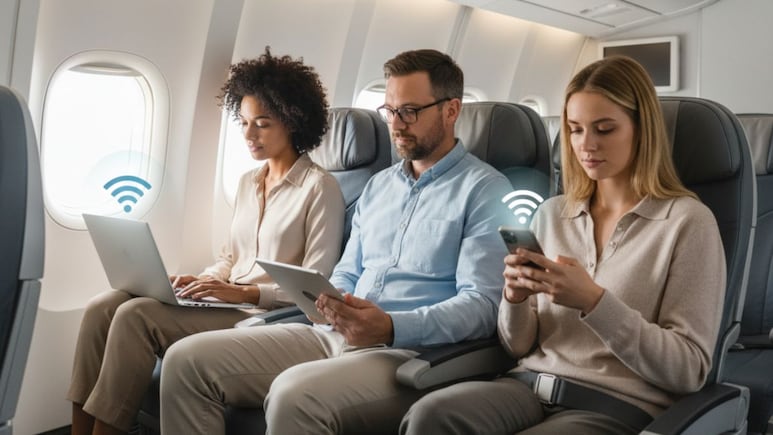
Sitting thousands of feet in the air, sending an email or watching a reel almost feels like a sci-fi experience. Air travel has changed significantly, and in-flight Wi-Fi is now considered a necessity rather than a luxury. But if you have ever wondered how a plane cruising at 35,000 feet can still connect to the internet without mobile towers or fibre cables nearby, you are not alone. Airlines worldwide now offer varying levels of in-flight connectivity, from basic messaging to streaming services. But how does this connection actually work? Here is a simple explanation before your next flight leaves you thinking about it mid-air.
Also Read: Why Flight Attendants Ask You To Keep Window Shades Open During Landing
How Planes Connect To Wi-Fi
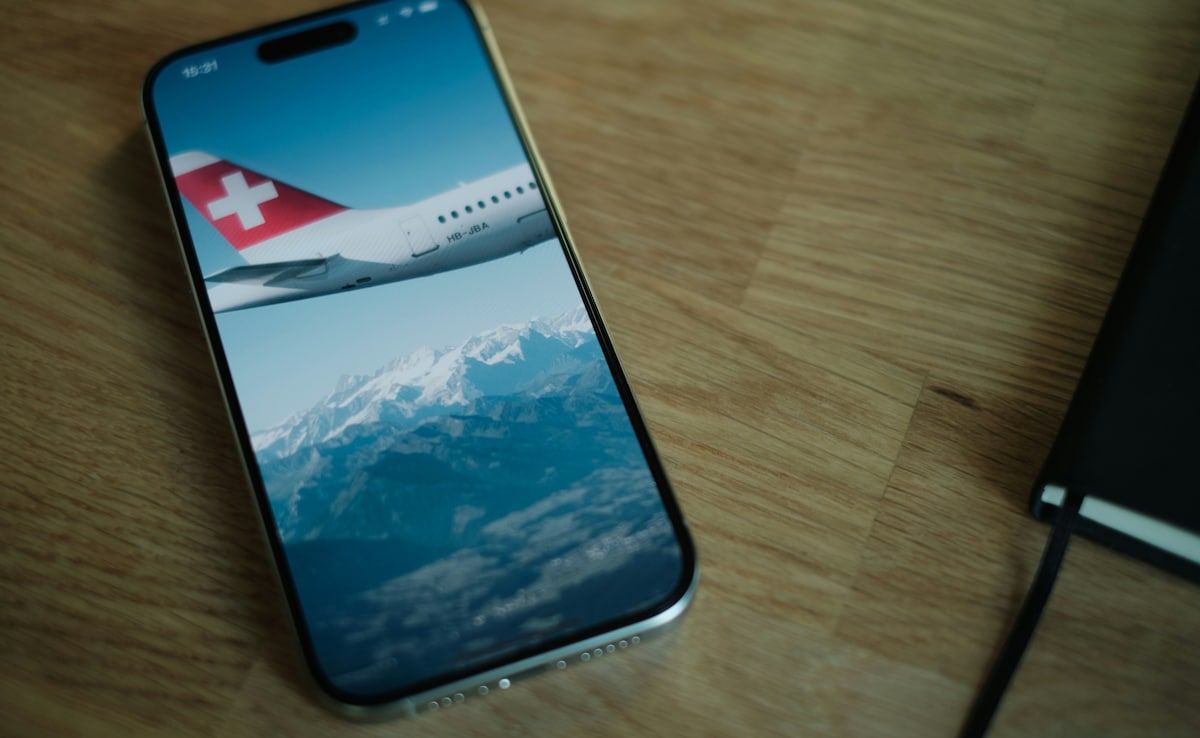
Photo: Unsplash
The process is not magic but a combination of advanced technology and global infrastructure. Aircraft typically rely on two major systems to provide internet access to passengers.
1. Air-to-Ground Connectivity
Much like a mobile phone linking to nearby towers, aircraft equipped with special antennas beneath their body connect to ground-based towers across the country. As the plane moves forward, the system automatically switches between towers, keeping the connection live. This method works effectively over land but becomes unreliable once the aircraft crosses oceans or sparsely connected regions.
2. Satellite Connectivity
For international and long-haul flights, satellite technology takes over. A dome-shaped antenna on top of the aircraft communicates with satellites orbiting the Earth. These satellites relay signals to ground stations, ensuring the aircraft is connected to the internet. While this system is more reliable globally, it tends to be costlier and sometimes slower due to the long distance signals must travel.
3. Hybrid Connectivity Systems
To provide a smoother passenger experience, many airlines now use hybrid systems that combine both air-to-ground and satellite methods. The quality of in-flight Wi-Fi, however, still depends on bandwidth availability, the number of passengers logged in, and how much an airline invests in its digital infrastructure.
History Of In-Flight Wi-Fi In India
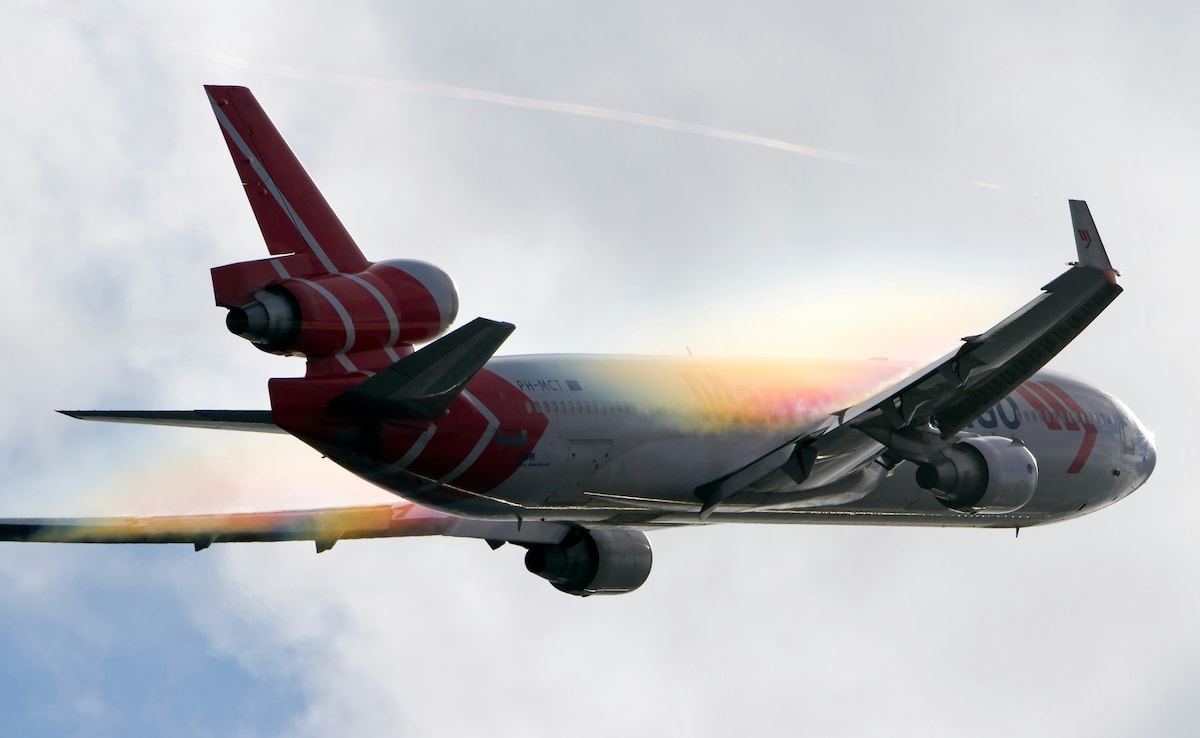
Photo: Unsplash
While passengers on international routes had access to in-flight internet for years, Indian skies remained disconnected until recently. The delay was largely due to regulatory hurdles. This changed in December 2018 when the Department of Telecommunications (DoT) introduced the Flight and Maritime Connectivity Rules. These rules allowed airlines to apply for a 10-year licence to offer Wi-Fi on board, provided they relied on satellite systems linked to Indian-based gateway stations. Initially, Wi-Fi access was only permitted above 3,000 metres to avoid interference with ground networks. In 2024, this restriction was lifted, opening the door for smoother adoption of in-flight Wi-Fi by Indian carriers.
Do Indian Airlines Provide Free Wi-Fi?
In India, the adoption of in-flight Wi-Fi is still at an early stage. In January 2025, Air India became the first Indian airline to introduce in-flight Wi-Fi on select routes. However, it is not yet common practice. Most carriers are expected to follow a tiered plan, where basic messaging is free, but browsing, streaming, and video calls require paid packages. This mirrors how international airlines structure their Wi-Fi services.
Using In-Flight Wi-Fi With Airplane Mode
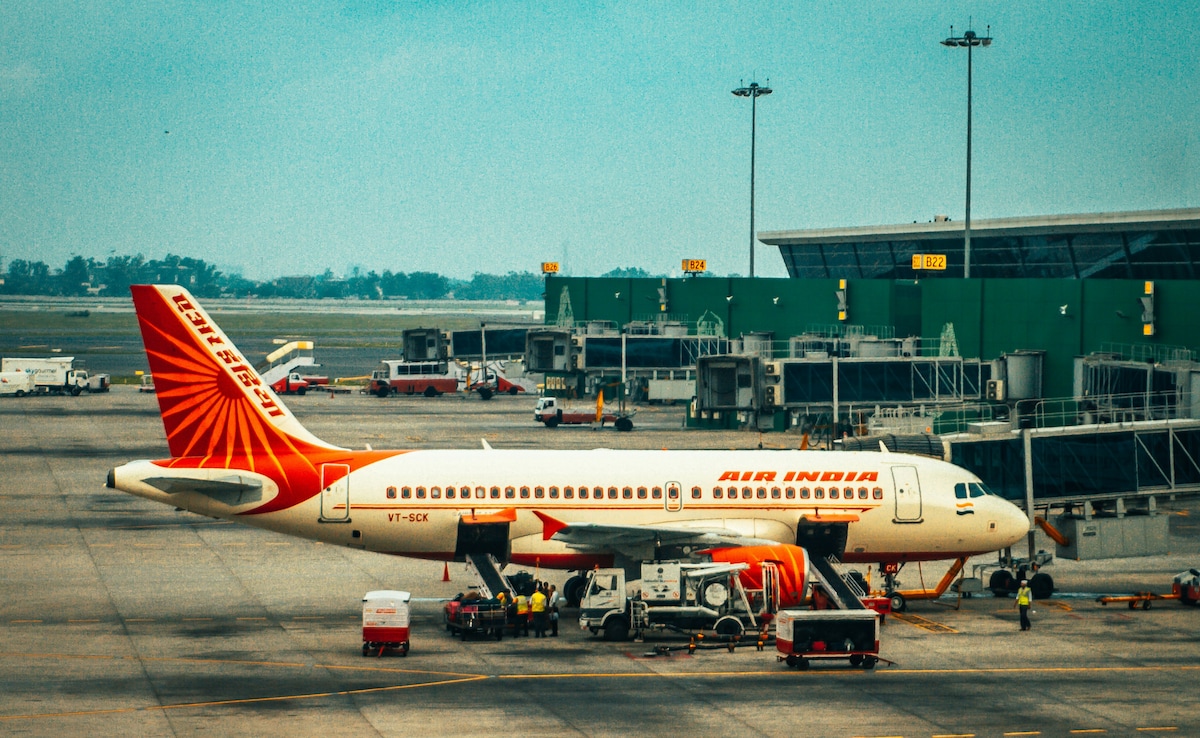
Photo: Unsplash
Passengers are always instructed to switch their phones to airplane mode before take-off, and there is good reason for it. Airplane mode disables cellular signals that could interfere with the aircraft's communication and navigation systems. In practical terms, airplane mode:
Switches off the mobile network so the phone does not search for towers mid-air
Disables Bluetooth connections
Turns off Wi-Fi by default
If your aircraft offers Wi-Fi, you can still safely connect by manually re-enabling Wi-Fi while keeping airplane mode switched on. This ensures compliance with aviation safety rules. Bluetooth can also be switched back on if you want to use wireless headphones.
Advantages Of In-Flight Wi-Fi

Photo: Unsplash
Stay Connected During Flights - Passengers can stay in touch with family or colleagues, and reply to urgent emails.
Entertainment Options - Travellers can stream films, shows, or scroll social media beyond the in-flight screen.
Productivity Boost - Business travellers can work while flying, making better use of long hours.
Travel Planning - Passengers can check connecting flights, hotel bookings, and itineraries before landing.
Comfort On Long Routes - Staying connected helps passengers feel less isolated during long-haul journeys.
Limitations Of In-Flight Wi-Fi
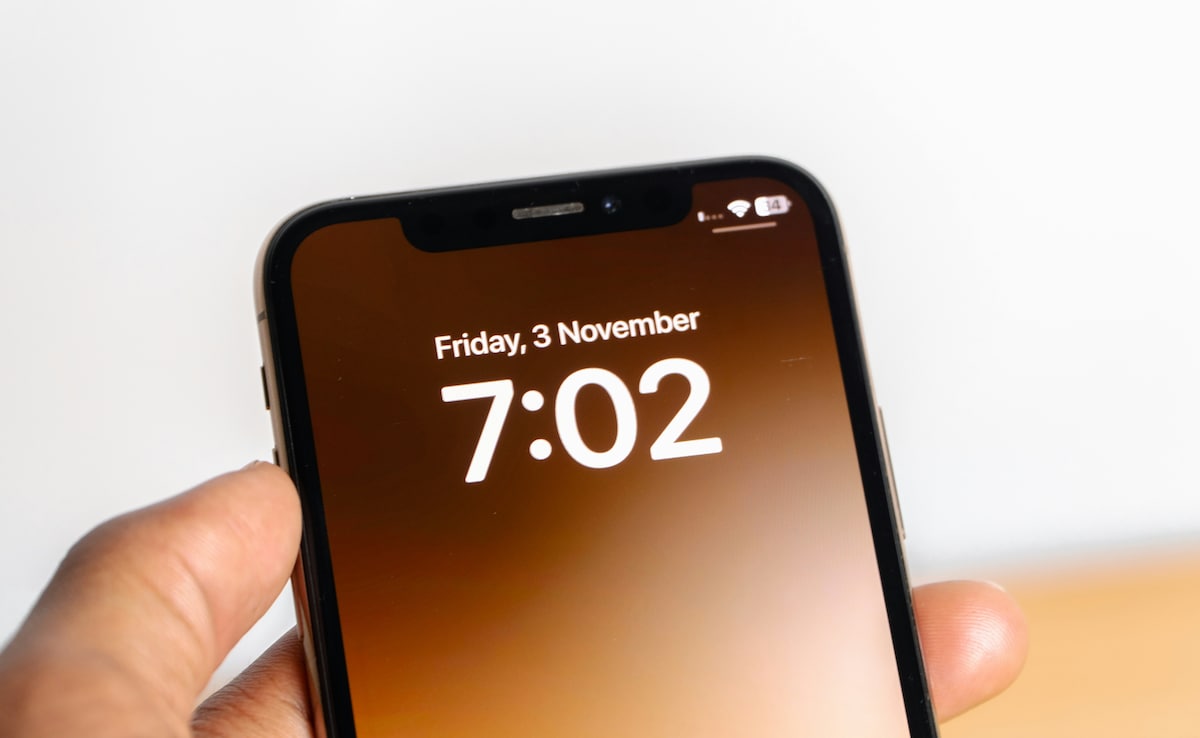
Photo: Unsplash
Expensive Packages - In-flight internet is costlier compared to ground-based options.
Slower Speeds - Bandwidth is shared among all passengers, often reducing speed.
Coverage Issues - Connectivity can be weak or unavailable over oceans or remote stretches.
Restricted Services - Some airlines block video calls or certain platforms to conserve bandwidth.
Limited Availability - Not every aircraft or route in India currently offers Wi-Fi services.
Tips For Making The Most Of In-Flight Wi-Fi
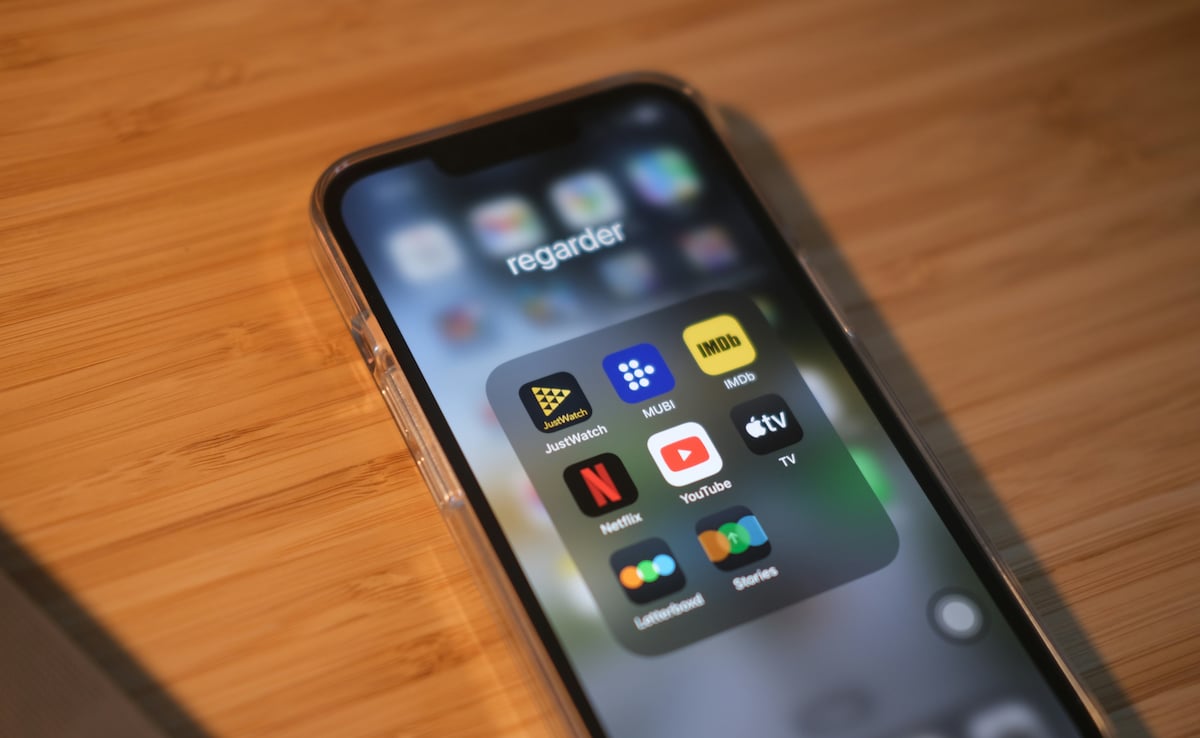
Photo: Unsplash
Download Content Before Boarding - Save heavy files, shows, or films in advance as speeds may vary mid-air.
Use Low-Data Mode - Enable data-saving features on apps like WhatsApp, Gmail, or Instagram.
Prioritise Usage - Keep Wi-Fi use for essential tasks such as navigation or emails instead of streaming.
Carry Backup Power - Wi-Fi drains battery faster; a power bank can be useful on long flights.
Use Airline Apps - Many carriers integrate Wi-Fi features into their apps for smoother access.
How Indian Airlines Compare Globally
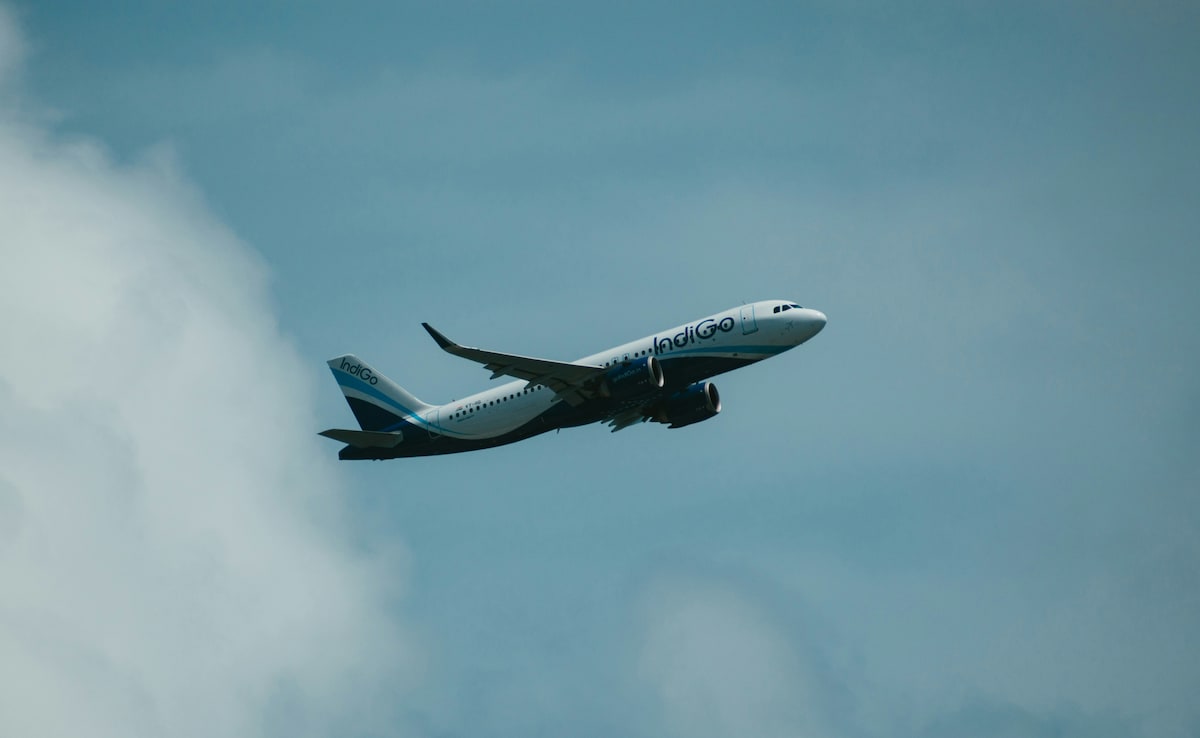
Photo: Unsplash
Globally, many airlines have already made in-flight Wi-Fi a standard feature. Carriers like Emirates, Qatar Airways, and Singapore Airlines provide free messaging services across most routes, with paid upgrades for browsing and streaming. In the United States, Delta and American Airlines offer Wi-Fi across nearly all domestic flights. By comparison, Indian carriers are only beginning to adopt similar systems. Air India's launch in 2025 marked a breakthrough, but airlines such as IndiGo, Vistara, and Akasa are still in testing phases. This gap highlights how Indian aviation is catching up to global standards, but the pace of adoption is expected to quicken as regulations ease and demand rises.
The Future Of In-Flight Wi-Fi
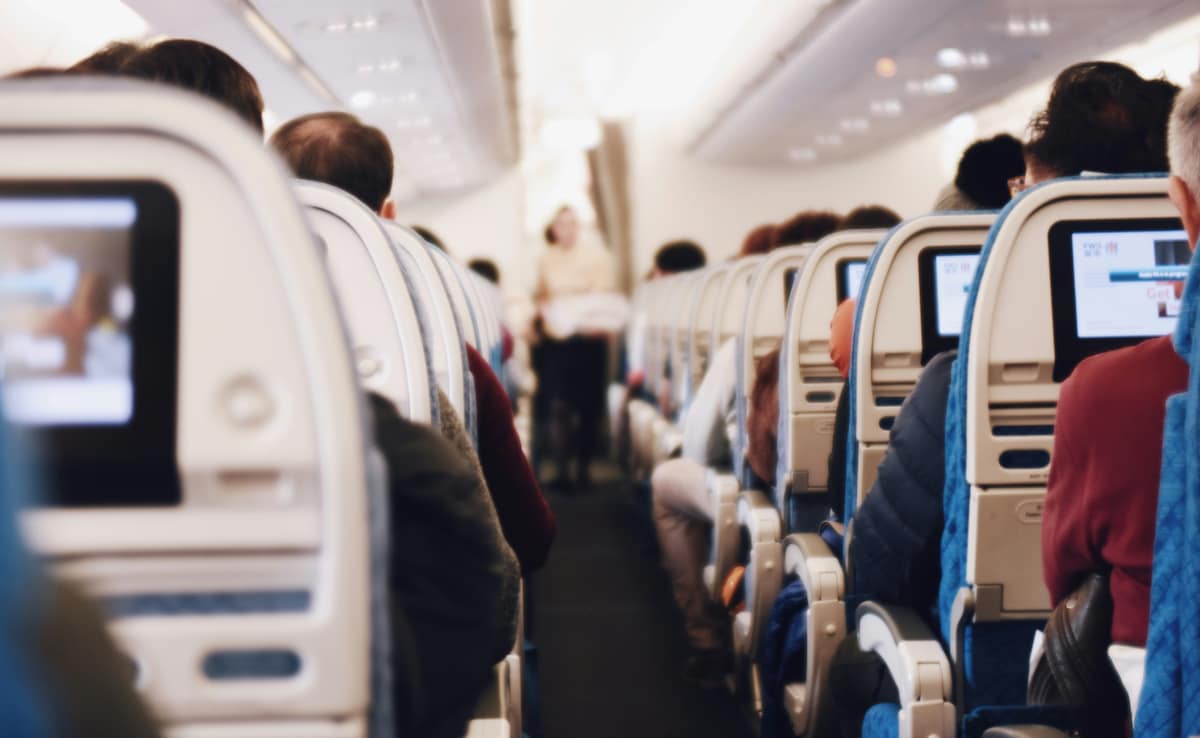
Photo: Unsplash
The future of connectivity in the skies looks promising. Low-Earth orbit satellites, such as those from Starlink, aim to reduce latency and provide faster internet at lower costs. Airlines are already testing these systems, which could make in-flight Wi-Fi almost as seamless as ground-based connections. In India, with the aviation sector expanding rapidly, the demand for reliable in-flight internet is only going to grow. Industry experts predict that within the next decade, most domestic and international flights will offer Wi-Fi as a standard service, with 5G-supported systems further enhancing speed and reliability. For passengers, this means that checking emails or watching Netflix mid-air could soon feel as normal as doing it at home.
Also Read: Can You Take Sand or Seashells On A Plane? Here Is What You Need To Know
So, the next time you are scrolling through Instagram at cruising altitude, you will know exactly how your aircraft is staying connected above the clouds, and how the technology is only getting better with time.
Track Latest News Live on NDTV.com and get news updates from India and around the world

